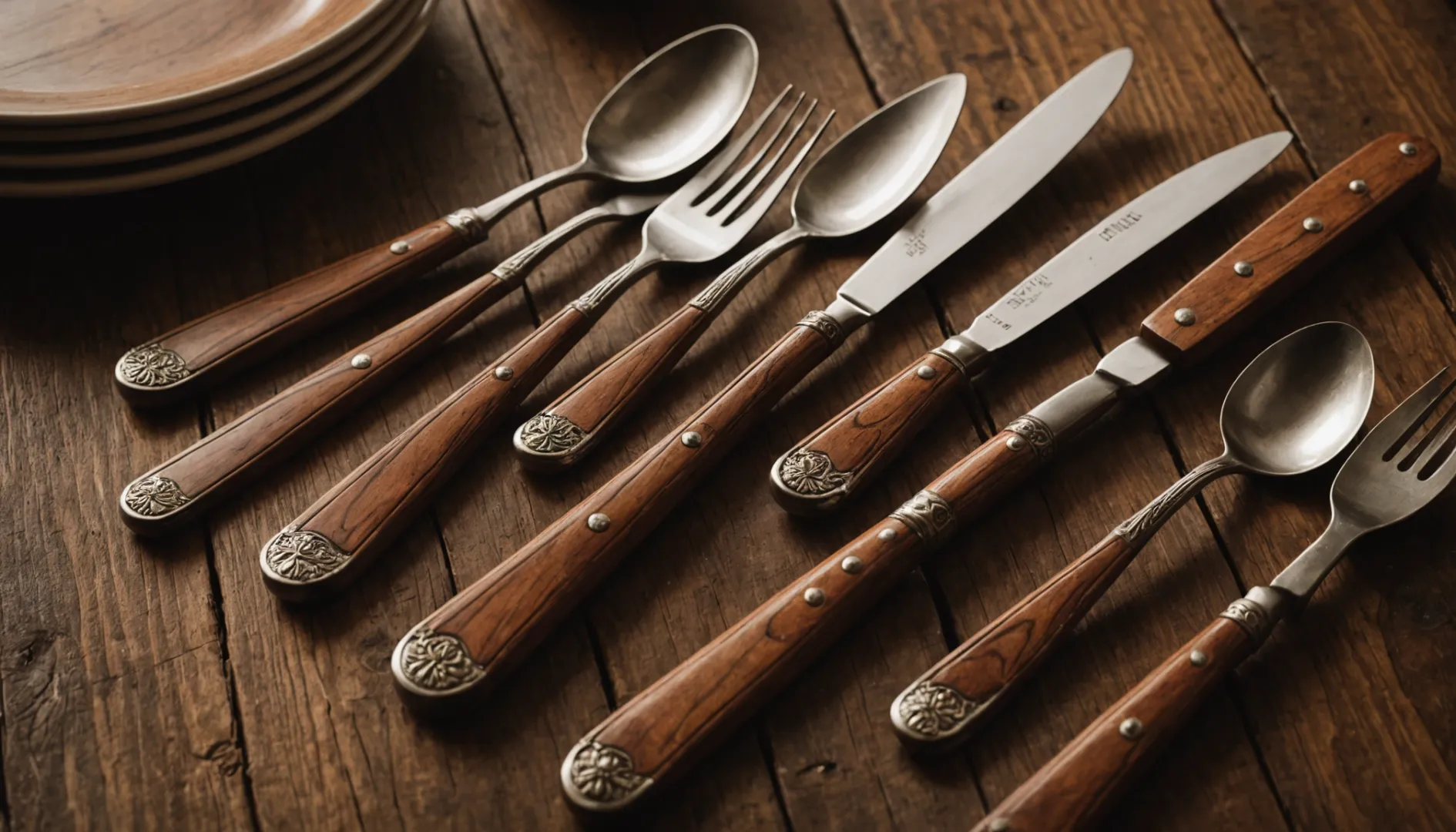
Ever wondered why grabbing a set of Georgia-Pacific's wooden cutlery feels like a splurge? Let's dig into the reasons behind those price tags.
Georgia-Pacific's disposable wooden cutlery sets are pricier because they prioritize sustainable sourcing and eco-friendly production. These processes ensure durability and reduce environmental impact, justifying the higher costs compared to plastic alternatives.
I remember planning a picnic and debating whether to invest in these eco-friendly utensils. The sticker shock was real, but understanding the intricate manufacturing processes and environmental benefits made me see the value. Choosing wooden cutlery not only means supporting sustainable practices but also enjoying the peace of mind that comes with reducing plastic waste. So, while the cost might seem high initially, you're investing in something much bigger—our planet's future. Let me walk you through why this choice might just be worth every penny.
Georgia-Pacific operates in Asia and Africa.False
Georgia-Pacific does not distribute its products in Asia and Africa.
Dixie brand products are chemical-free.True
Dixie eliminated chemicals and solvents from their products.
Why Choose Wooden Cutlery for Sustainability?
Imagine hosting a picnic with the chirping birds as your soundtrack and knowing your wooden cutlery is just as kind to nature as you are. But why is it truly eco-friendly?
Wooden cutlery is more sustainable because it's made from biodegradable materials, sourced from renewable resources, and has a lower carbon footprint than plastic alternatives. These elements help reduce environmental harm and promote eco-friendly consumption.
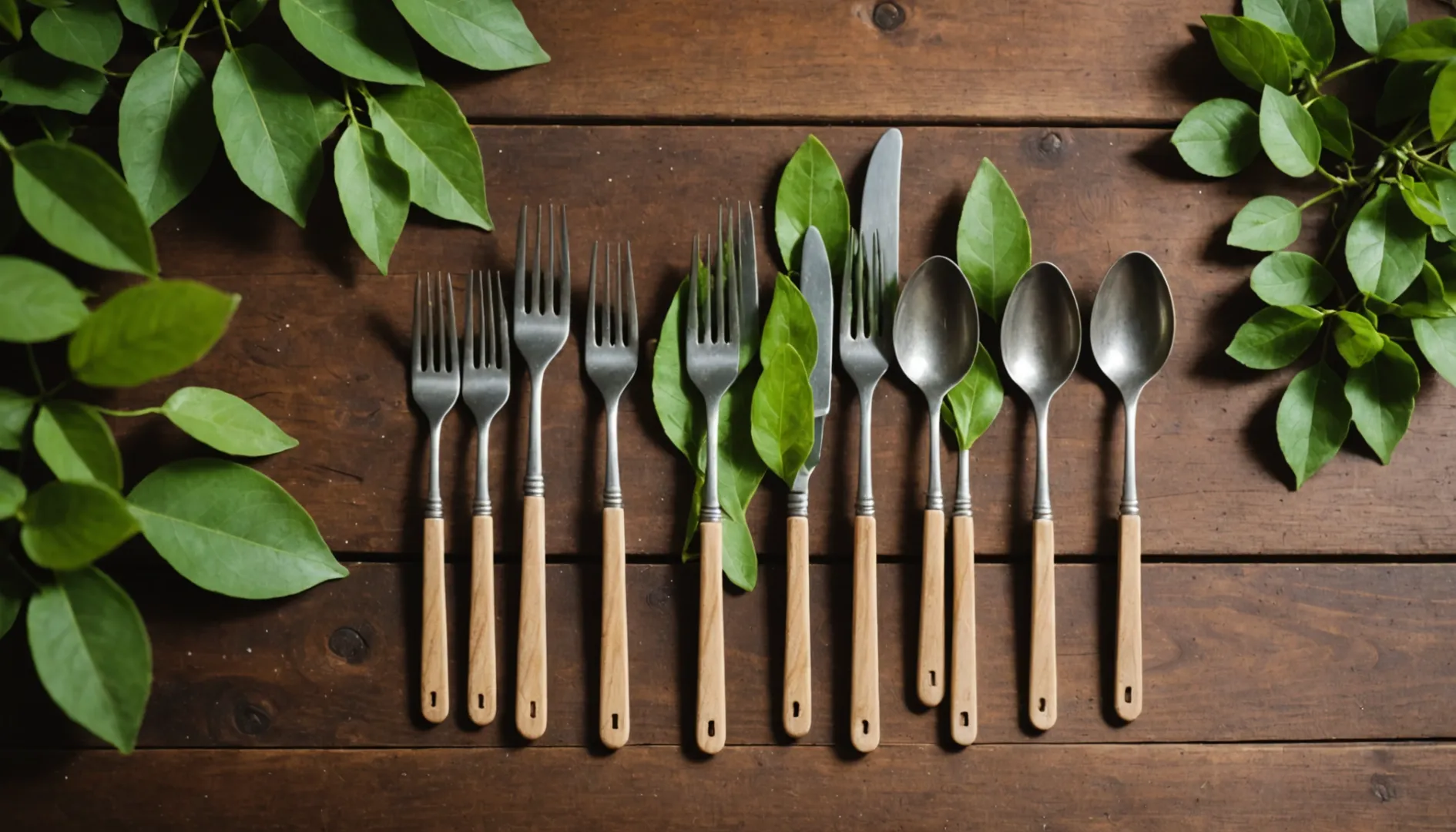
Renewable and Biodegradable Material
The allure of wooden cutlery begins with its roots in nature. Picture this: I'm walking through a lush forest, breathing in the fresh scent of pine, knowing that these trees can be responsibly harvested and replenished. That's the promise of renewable resources1. Unlike plastic, which is essentially fossil fuels in disguise, wood's journey from tree to table leaves a much lighter carbon footprint.
What makes wooden utensils even more appealing is their ability to return to the earth gracefully. After a delightful meal, knowing that my wooden fork will decompose without a trace feels like I'm giving back to Mother Earth. Unlike plastic, which stubbornly sticks around for centuries, these utensils quietly disappear without a fuss.
Manufacturing Process
When I think about how things are made, I often imagine big factories with billowing smoke. But the process of crafting wooden cutlery is refreshingly simple. It skips the heavy chemical treatments that plastic demands. It's like watching an artist carve wood into elegant shapes, using fewer resources and leaving less pollution behind.
Contribution to Circular Economy
Wooden cutlery shines in the circular economy2, where nothing goes to waste. Imagine my joy when I learned that some utensils start as humble wood scraps, given a new life rather than being discarded. And when their time is up, they can be composted or recycled, fitting seamlessly into this beautiful cycle.
Supporting Sustainable Practices
Every time I choose wooden cutlery, I feel like I'm casting a vote for sustainability. Many manufacturers take their responsibility seriously, ensuring their wood comes from forests managed with care. By supporting these brands, I know I'm helping preserve forests for future generations.
Moreover, the commitment doesn't stop at the cutlery itself. Many companies are making strides with sustainable packaging3, ensuring that every aspect of their product respects the planet. So next time you're at a crossroads between plastic and wood, remember: choosing wooden cutlery isn't just about what you eat with—it's about aligning with values that cherish our world.
Georgia-Pacific operates in Asia and Africa.False
Georgia-Pacific does not distribute its products in Asia or Africa.
Dixie brand products are free from chemicals and solvents.True
Dixie eliminated chemicals and solvents, making their products healthier.
How Does Manufacturing Affect the Cost of Wooden Cutlery?
Have you ever wondered why your wooden fork costs what it does? The manufacturing process behind it might just surprise you.
Manufacturing impacts the cost of wooden cutlery by influencing raw material sourcing, production methods, and labor costs. Efficient manufacturing can reduce waste and energy consumption, making eco-friendly options more affordable. Innovations like automation further affect costs by boosting productivity.
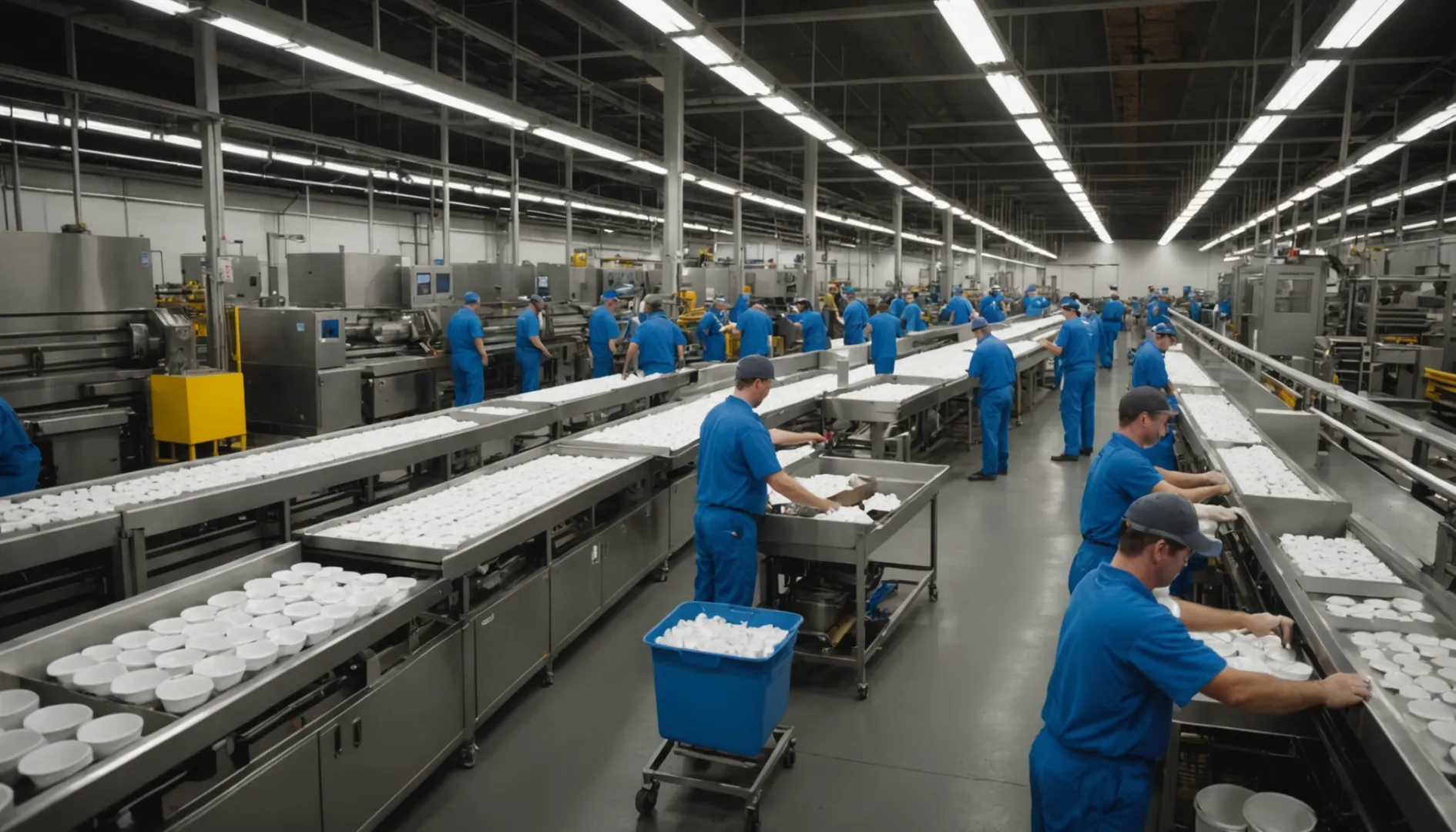
Raw Material Sourcing
I remember the first time I saw a beautiful piece of wooden cutlery; it was in a quaint little shop during a trip, and I was amazed at its simplicity and elegance. But behind that elegance lies a complex sourcing process. Companies face the challenge of finding quality wood, often relying on sustainable forestry practices. While these practices drive up costs due to responsible logging, they also provide significant environmental benefits4. Whether opting for local or exotic woods, the choice affects pricing, not just because of transport costs but also due to rarity. For some manufacturers, using certified sustainable sources means higher costs but aligns with their eco-friendly ethos.
Production Techniques
The art of making wooden cutlery is fascinating—think about the care and skill involved! Traditional crafting methods are labor-intensive, often resulting in higher prices. In contrast, modern production leverages technology like automated machinery5 and CNC milling to streamline processes. Although these innovations require a hefty upfront investment, they cut costs over time by reducing labor needs and ensuring consistent quality. It's a delicate balance between preserving craftsmanship and embracing efficiency.
Labor and Operational Costs
Labor can be tricky. While manufacturing in regions with lower labor costs might seem like an easy way to cut expenses, I’ve always believed in the importance of fair wages. Ethical considerations add layers to pricing strategies, sometimes justifying higher prices. Then there are operational costs—energy use and facility maintenance play a huge part in determining the final cost. Embracing energy-efficient practices can lower expenses in the long run, though they may initially require significant technological investments.
Innovations and Market Trends
Innovation is at the heart of changing market dynamics. Picture this: biodegradable coatings that increase durability and appeal—sure, they may bump up production costs initially, but they’re a game-changer. Staying ahead of trends, like the growing demand for eco-friendly products6, means adapting quickly. This can lead to short-term cost spikes as new processes are introduced. But understanding these factors helps businesses make smart decisions about adopting sustainable practices while remaining competitive on pricing.
Georgia-Pacific operates in Asia and Africa.False
Georgia-Pacific does not distribute its products in Asia and Africa.
Dixie products are free from chemicals and solvents.True
Dixie has eliminated chemicals and solvents from their products.
What are the hidden benefits of using wooden cutlery?
Switching to wooden cutlery might just be the sustainable choice that surprises you with more than its eco-friendly charm.
Wooden cutlery offers hidden benefits like being biodegradable, chemical-free, and providing a unique tactile experience. It's not just about sustainability; these utensils are safer for health and can enhance your dining experience, making them a great choice for those who value both the planet and personal well-being.
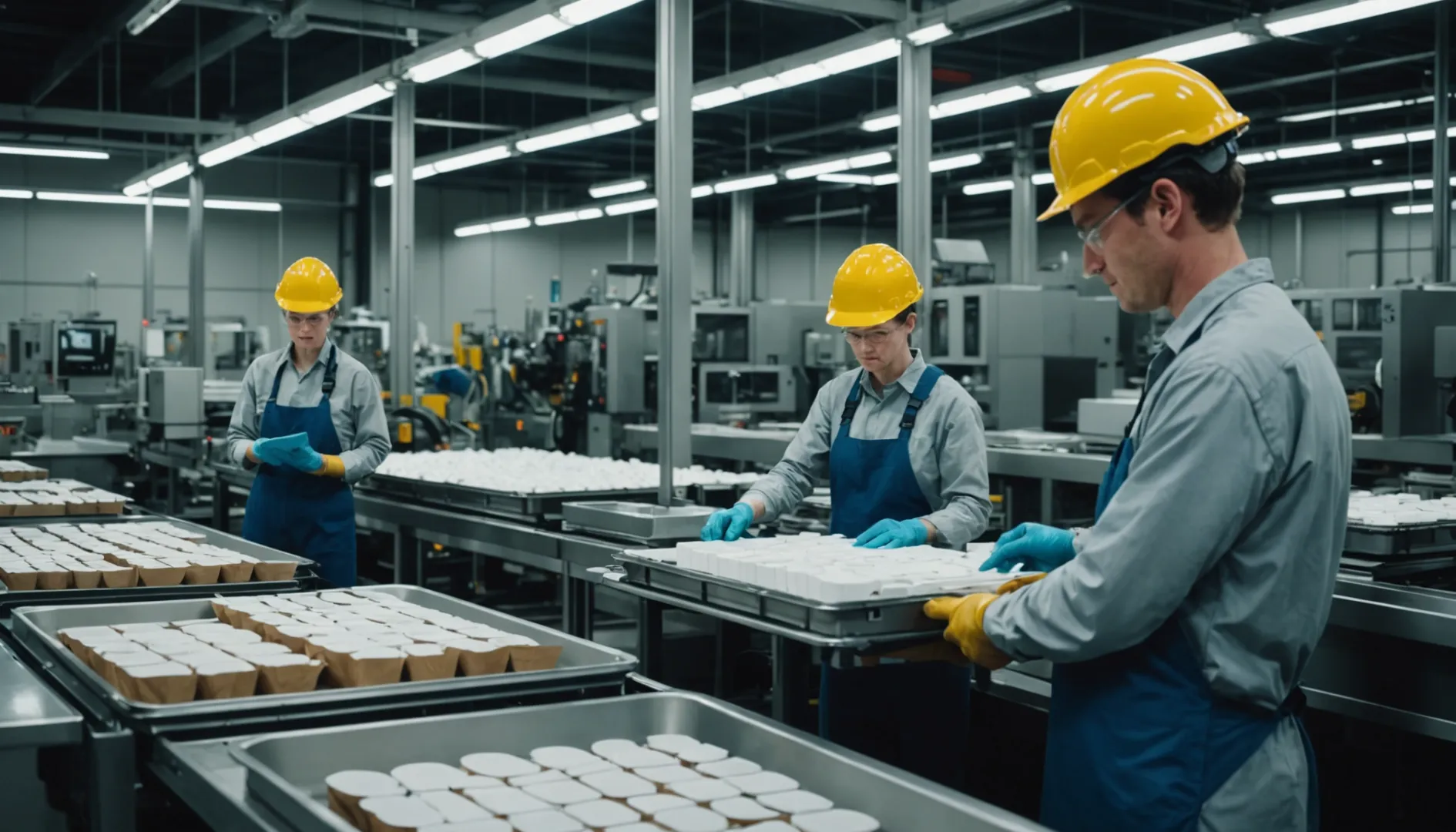
Sustainability and Environmental Impact
I've always been on the lookout for ways to reduce my carbon footprint, and switching to wooden cutlery was a game changer. Unlike plastic, which sticks around for what seems like forever, wooden utensils break down naturally, leaving no harmful residue. This simple change helped me feel like I was doing my part for the planet.
When I learned about sustainable forestry practices, I was even more impressed. Many companies source their wood responsibly, ensuring that we're not just depleting forests but actually supporting their conservation. It feels good to know my choices help in some small way.
Health Considerations
The health benefits of wooden cutlery were a pleasant surprise. I remember reading about the nasty chemicals in plastics, like BPA7, and feeling uneasy about what I'd been putting near my food. Wooden cutlery is naturally free from these harmful substances, giving me peace of mind about my family's health.
Plus, wood doesn’t react with acidic foods the way some metals do. This means no weird aftertastes or altered nutritional content—just pure flavors as they should be.
Aesthetic and Tactile Experience
Let's talk aesthetics—there’s something wonderfully rustic about wooden cutlery that just makes meals feel special. Whether it's a cozy dinner at home or a picnic in the park, the natural texture and warmth of wood add a touch of charm. I’ve noticed restaurants using them to create a unique dining experience8 that stands out.
Enhancing Cooking Skills
In the kitchen, wooden utensils have become my trusty sidekicks. They don’t conduct heat, so I've stopped burning my hands while stirring hot dishes—something that happened more often than I'd like to admit! And they’re gentle on my cookware, preserving non-stick surfaces much longer.
Reflecting on this journey, it’s clear that while I initially chose wooden cutlery for its eco-friendliness, the added health benefits and cooking advantages have made it a decision I cherish every day.
Dixie brand uses only biodegradable materials.False
Dixie eliminated chemicals but not exclusively biodegradable materials.
Georgia-Pacific products are unavailable in Asia.True
Georgia-Pacific does not distribute its products in Asia.
How do wooden and plastic cutlery compare in durability?
Choosing the right cutlery can feel like a big decision when durability is on the line. Let's dive into how wooden and plastic options stack up.
Wooden cutlery shines in durability and eco-friendliness, breaking less easily than plastic. However, plastic utensils are more heat-resistant and versatile for various occasions. While wooden ones may bend under heat, they add elegance and biodegradability to the table, whereas plastic can handle heat better but is less sustainable.
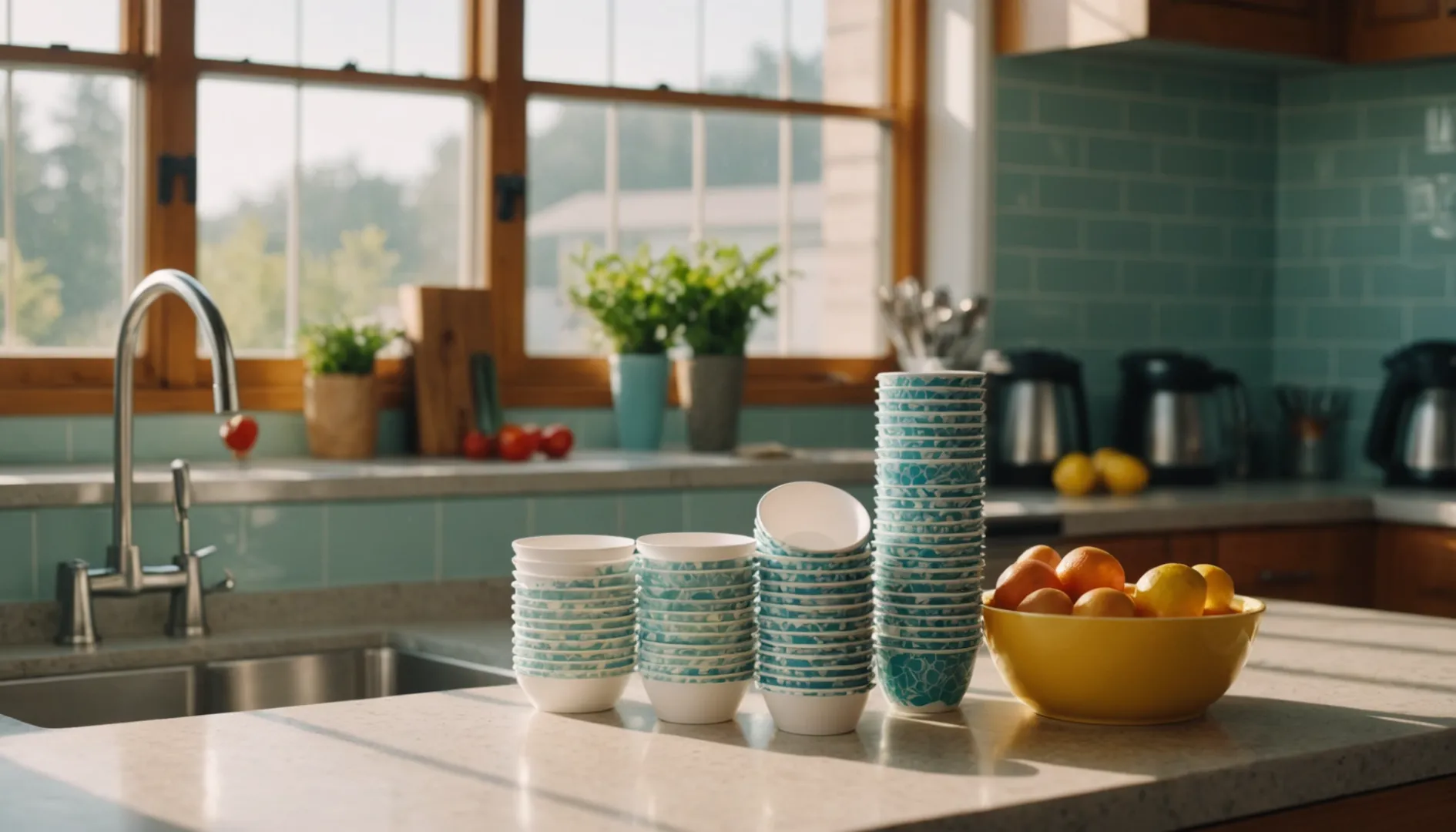
Durability of Wooden Cutlery
I remember the first time I held a bamboo fork; it felt sturdy and earthy in my hand. Wooden cutlery, often crafted from birch or bamboo, is impressively strong. I love how it's not just robust but also kind to our planet. It’s perfect for those elegant gatherings where a touch of nature adds charm. But, let’s be honest, if you’ve ever tried to stir hot soup with a wooden spoon, you might have noticed it can warp over time. This aligns with eco-friendly practices many of us strive for, yet it’s something to consider if you’re planning to serve hot dishes. Eco-friendly practices9 can be an important consideration for many consumers.
Durability of Plastic Cutlery
Plastic utensils remind me of countless picnics and BBQs—lightweight and easy to carry around. They’re usually made from polypropylene or polystyrene, designed to withstand heat without bending, which makes them great for hot foods. I’ve found them incredibly convenient for large family gatherings where the number of dishes seems to multiply endlessly. However, their tendency to snap under pressure—and the environmental impact—are drawbacks that can’t be ignored. If you're curious about how plastic affects our world, looking into the plastic waste impact10 might be eye-opening.
Factors Affecting Choice
When choosing between wooden and plastic cutlery, I often weigh factors like purpose, budget, and environmental impact. For me, sustainability is a priority, so wooden cutlery is appealing due to its biodegradability. Yet, for big events where cost and heat resistance are concerns, plastic seems more practical. It's all about knowing the intended use11 and aligning it with what matters most—whether that's cost efficiency or reducing your carbon footprint.
In the end, both options have their unique benefits: wooden cutlery offers sustainability while plastic provides versatility and affordability. The best choice depends on what you value more—eco-friendliness or practicality in cost and convenience.
Dixie brand produces single-use cutlery.True
Dixie is known for producing single-use cutlery, bowls, and cups.
Georgia-Pacific products are available in Asia.False
Georgia-Pacific does not distribute its products in Asia.
Conclusion
Georgia-Pacific's wooden cutlery is pricier due to sustainable sourcing, eco-friendly production, and durability, making it a worthwhile investment for environmentally conscious consumers.
-
Learn about sustainable forestry practices that ensure wood is a renewable resource. ↩
-
Understand how wooden cutlery contributes to a sustainable circular economy. ↩
-
Explore eco-friendly packaging options that complement sustainable products. ↩
-
Discover how sustainable sourcing impacts the price of wooden cutlery. ↩
-
Learn how automation lowers production costs and boosts efficiency. ↩
-
Explore the rising demand and its effect on pricing strategies. ↩
-
Learn about BPA's health risks and why avoiding it matters. ↩
-
Discover how wood enhances dining with its natural texture and charm. ↩
-
Learn how wooden cutlery supports eco-friendly living. ↩
-
Understand the environmental consequences of plastic cutlery use. ↩
-
Find tips for selecting the right cutlery for your needs. ↩

